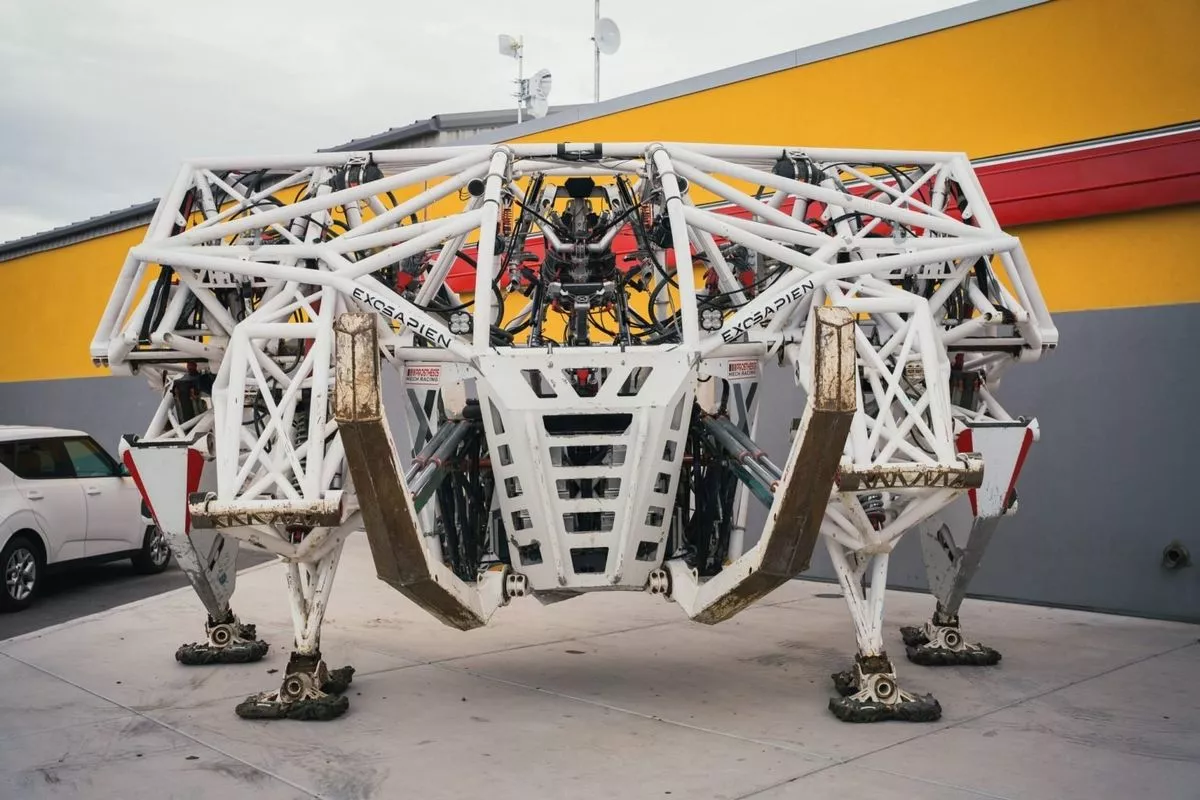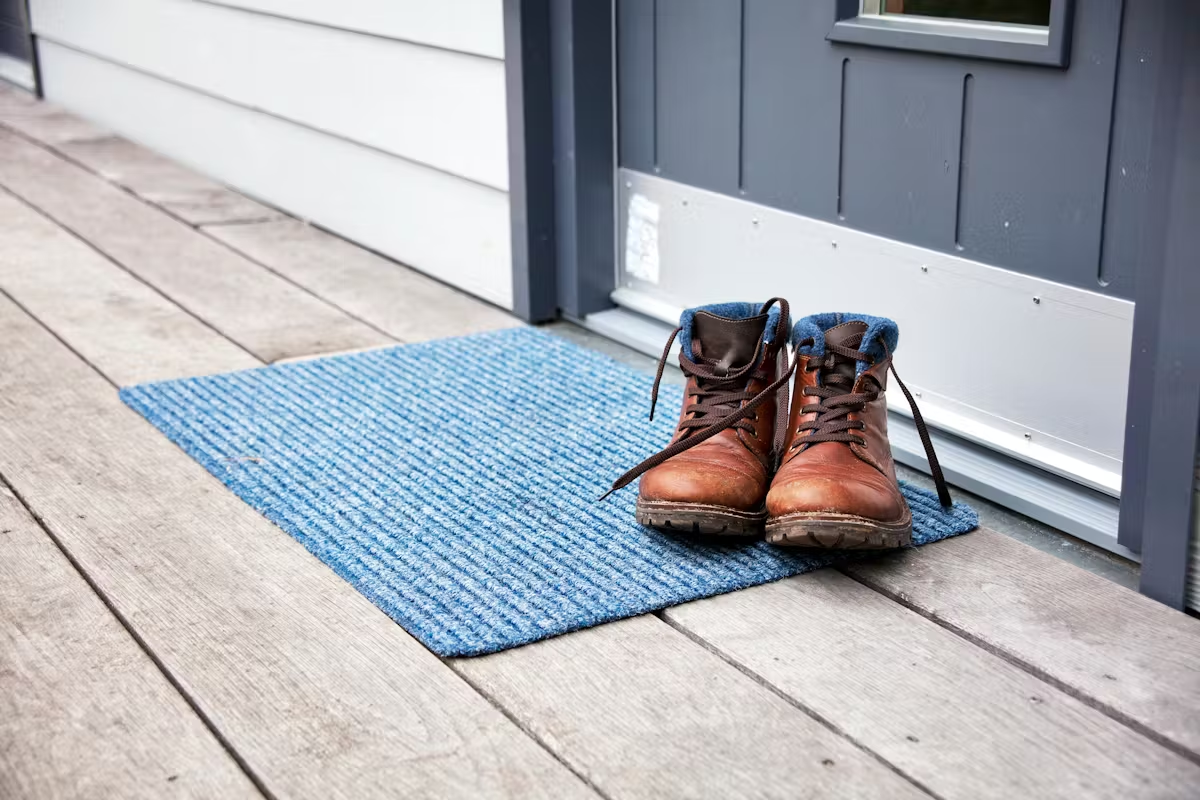A giant robot spider that prints houses.
The new lunar race is not just about returning to the Moon, but about staying there. And that requires infrastructure. NASA wants houses made of lunar concrete by 2040, the ESA has already found a method for paving roads using regolith, and China is confident that 3D printing will accelerate its plans to create a large lunar base. Now an Australian company has put forward its own proposal, one that couldn’t be more Australian: a robot spider.
A giant robot spider that prints houses.
It’s called Charlotte, and it’s a hexapod robot (entomologists will forgive me) that unfolds its six legs to become a huge 3D printer capable of moving across the terrain as it builds a house.
Unveiled during the 76th International Astronautical Congress in Sydney, this creation by Australian companies Crest Robotics and Earthbuilt Technology has been designed for a dual purpose: to solve the housing crisis on Earth and, at the same time, to prepare for the construction of the first bases on the Moon, something that Australia could contribute to as a partner in the Artemis programme.
It builds at the speed of 100 bricklayers.
Although Charlotte’s most striking feature is its arthropod-inspired design, its real magic lies in the combination of advanced robotics with a very particular 3D printing system, which could have a key advantage on the Moon.
Instead of relying on massive gantries, like other 3D construction printers, Charlotte promises to straddle the walls it creates and walk on its six legs to move around as it adds layers to the building. This gives it an agility and portability that traditional printers do not have. According to its creators, it will be able to build a 200-square-metre house in 24 hours, working at the speed of 100 bricklayers.

On the Moon, all the ground is concrete.
On paper, Charlotte meets several of the requirements for manufacturing on the Moon: it is lightweight, can fold its legs to take up much less space in a rocket, and is designed to collect locally available materials.
On Earth, it promises to build houses with sand, soil or crushed brick. On the Moon, the plan is to collect regolith from the ground, compress it into a flexible tank, and use the compacted material to form layers of walls using proven 3D printing techniques. It is an industrialised and automated version of the earthbag construction technique. Regolith, the fine, abrasive dust that covers the lunar surface, is both a problem and a solution.
It was a nightmare for the Apollo missions, sticking to suits and equipment, but it is also the fundamental raw material for any lunar construction project. If one day there are people living on the Moon, perhaps they will do so in houses built in the most Australian way possible: with a giant spider (sorry, hexapod) robot.





